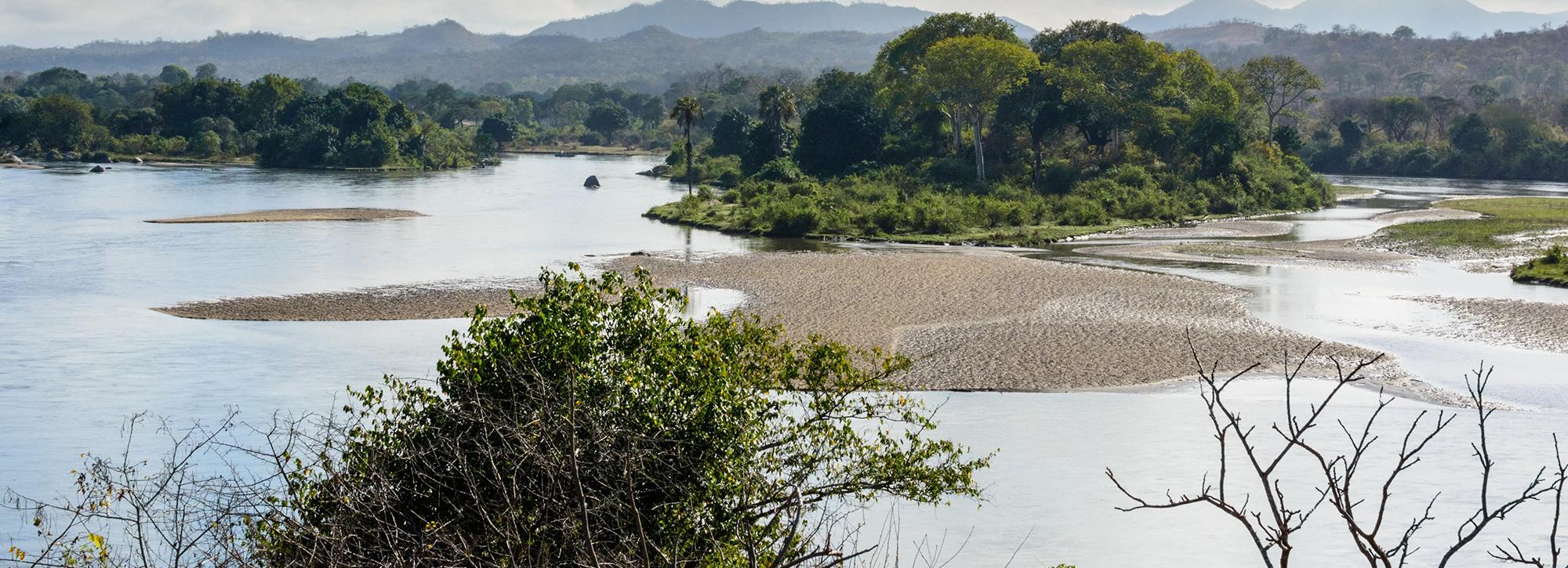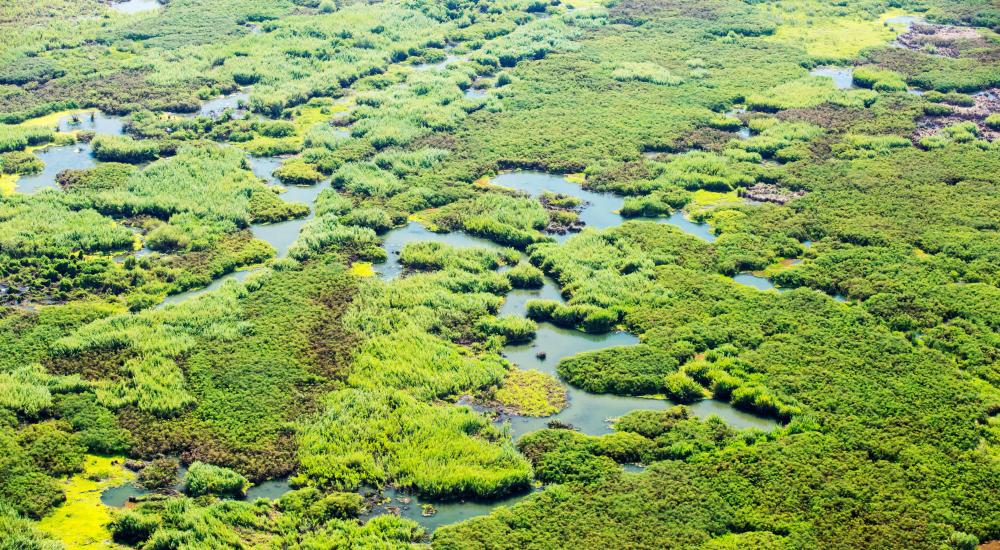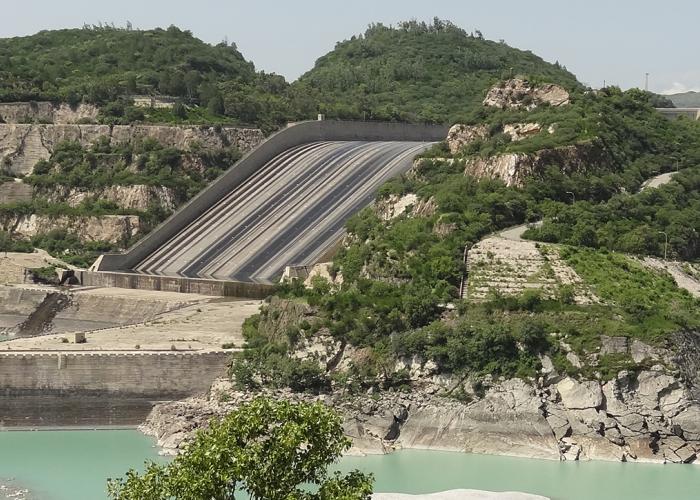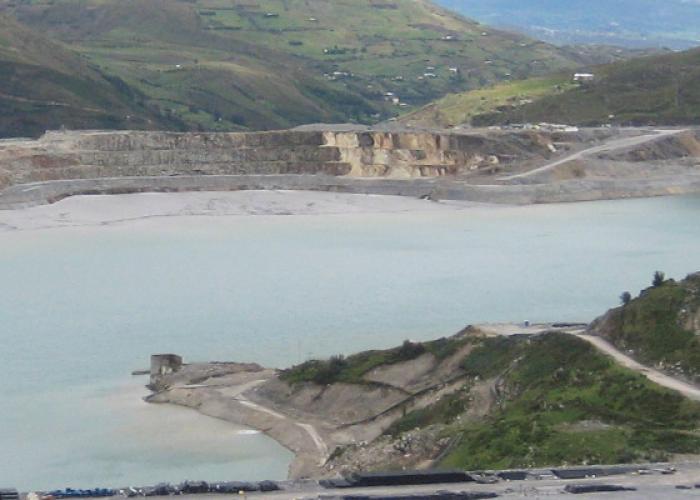
Mpatamanga hydropower project: managing sediments in Malawi’s Shire River
The Shire River is the largest river in Malawi. A dam and hydropower project is planned on the Shire which will trap sediment in a new reservoir. We explored the potential impact this would have on power generation and the infrastructure and habitats up and downstream of the new structure.
The Shire River is an important source of water for communities in southern Malawi. It is used for drinking water, irrigation and power generation; it is also critical to the ecological functioning of several protected habitats.
To increase power generation in Malawi, a new 350 MW Mpatamanga hydro power project is planned on the Shire. This will include construction of a 50 m tall dam and a smaller regulating dam. We assessed the impact this will have on sediment movement to ensure it can be successfully mitigated.
Potential wide-reaching impacts
Upstream of the dam, sediment deposits in the reservoir will raise the bed level, leading to storage loss and higher water levels. Higher water levels will increase flood risk for a road bridge and hydropower plant upstream of the reservoir. Interrupting the flow of sediment downstream will cause erosion of the river channel, affecting the bank stability and sand bars, irrigation intakes and associated habitats along the river, including the ecologically important Elephant Marsh.

Establishing baseline conditions
Information on sediment flux in the Shire is scarce, so the first phase of our project established a baseline for present conditions. We conducted a comprehensive soil erosion and sediment delivery study and prepared a full sediment budget, which was informed by field work and data analysis, historical trends and basin management plans, also considering the likely impact of climate change, and developed numerical models for the reservoir (upstream) and the river (downstream).
Upstream impacts
The upstream model allowed us to explore options for sediment management strategies, including annual dredging, sluicing and flushing. We also evaluated scenarios that triggered sluicing only when bed or water levels reached certain thresholds, and demonstrated that this approach was successful in keeping flood risks upstream below targets, while being less disruptive for energy production than annual sluicing. In fact, we estimate that the first sluicing is only needed after 20 years, and then every other year after that on average.
We confirmed that unlike fine sediment, sand would only pass through the dam with flushing, which would require important structural modifications, increasing costs, as well as significant modification of natural hydrological regime.
Downstream impacts
The downstream model predicted important changes to the rivers morphology, including several metres of incision in the alluvial reaches closer to the dams. The impact further towards the Elephant Marsh will be lower.
Uncertainties remain around estimates of sediment inflow, as well as other model parameters. We carried out a number of sensitivity tests, and our sediment management action plan recommendation include periodic surveys of bed levels at critical points, as well as full bathymetric surveys of the reservoir.
Our work has helped to identify ways to manage sediment that would mitigate the upstream impacts of the Mpatamanga dam, where action is taken when necessary to address sedimentation challenges while minimising the impact on electricity generation and operational costs.
We noted that sediment management strategies for the reservoir will not help to address the downstream impacts, and highlighted the need for other measures to be assessed during environmental and social impact studies and plans as the project moves forward.
Want to know more?
Contact our project lead


